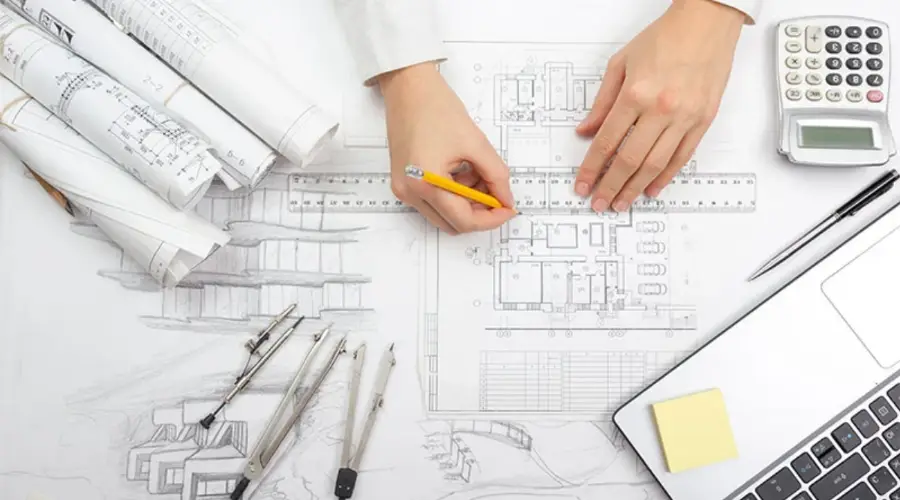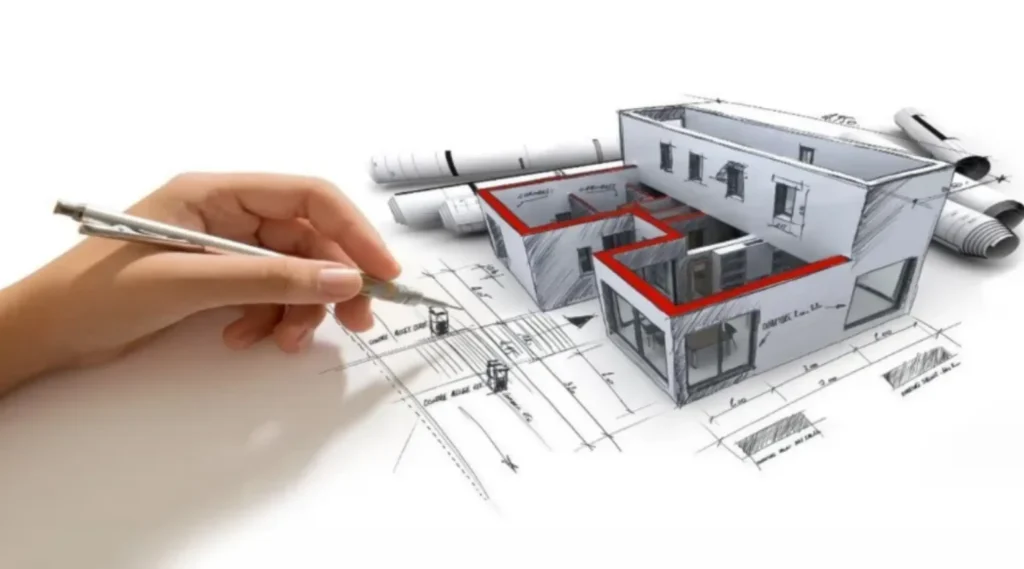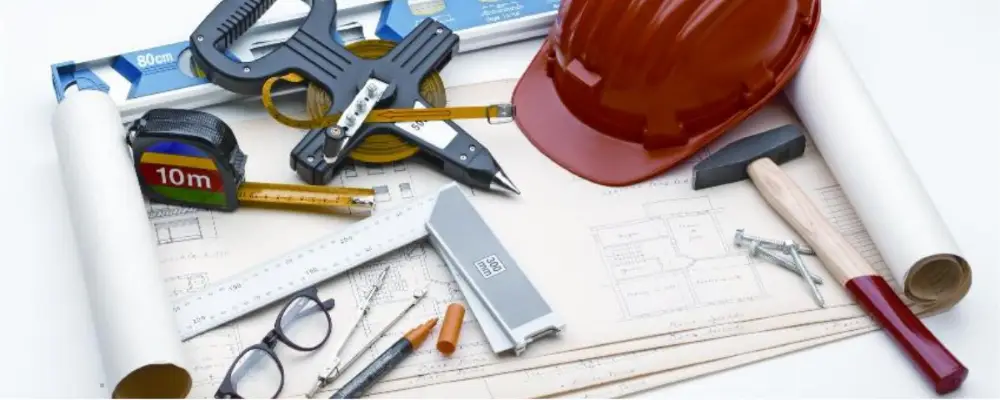Constructing a building or renovating an old building is not simple and cannot be done without a group of people handling the construction and designing activities. That’s where the contractors play a major role. Generally, numerous contractors in the industry handle a particular task; however, design-build contractors provide dual services with a single contract, simplifying the construction needs. In this blog, we take a detailed look at the design-build contractor, their role, responsibilities, and why you should hire them.
Who is a Design-Build Contractor?
A design-build contractor is a firm or single entity responsible for providing design and construction services for a project. They act as architects and general contractors, simplifying construction needs and ensuring collaboration between designers and construction professionals. They manage subcontractors, procure materials and equipment, supervise construction, handle budgets, and maintain regular communication with the owner to ensure the project’s needs.
Key Advantages of Choosing a Design-Build Contractor
- The design-build contractor acts as a single point of contact, responsible for all design and construction of the project, simplifying the communication process.
- By providing effective collaboration, the overall project timeline can be reduced.
- Minimise the risk of costly changes in the design and construction.
- The design and construction can be customised without affecting the owner’s interest throughout the project life-cycle.
- The project owner can save money and time with a single consolidated design-build contract for designing and construction.
- The enhanced collaboration between the design and construction teams provides a high-quality outcome for a finished product.
- Effective communication between the contractor and the owner creates transparency in construction.
Types of Projects Design-Build Contractors Handle
Infrastructure Projects
Design-build contractors handle infrastructure projects such as bridges, highways, tunnels, and transit systems. These complex infrastructure projects often involve engineering and construction challenges that can be addressed using the design-build approach.
Commercial and Retail Developments
Design-build contractors and also Commercial contractors handle commercial and retail development projects on a tight timeline for modern design and construction activities. The commercial projects they handle include shopping centres, office buildings and more.
Public Sector Projects
They are ideal for handling projects with strict and defined budget constraints, as the design-build method helps control costs through early design and cost estimation. This method suits public-sector projects such as government buildings, schools, and municipal offices.
Healthcare Facilities
The design-build approach can help construct healthcare facilities such as clinics, hospitals, and research laboratories, where flexibility and innovation change rapidly. The collaborative approach helps in solving the problem with flexible design adjustments.
Multi-storey Housing
The design-build contractors or Residential contractors can handle large-scale residential projects such as apartments, condominiums, and living communities, where efficiency and cost-effectiveness are crucial. The streamlined process and management of subcontractors can help quickly manage the complexity of developing a large-scale residential project.
Industrial buildings
The design-build method can be used to construct industrial buildings where production needs to be integrated with the design. This method can build manufacturing plants, warehouses, logistic hubs, and distribution centres.
Renovations
This method applies to renovation processes, such as converting historic buildings for modern use, converting old factories into apartments, and more. Careful coordination is needed to preserve the old structure and implement new designs, and the design-build method can help renovate the building with ease.
Architectural Projects
Cultural and recreational facilities require architectural and aesthetic requirements that can be achieved using this integrated approach. Buildings such as museums, theatres, sports complexes, and community centres can be built using this design-build method.
Design-Build Process: How It Works?
Design-Build Team Selection
The first important step in the design-build process is choosing the right team for the project. The project owner visualises the scope, budget, and timeline. The owner then develops a request for proposal (RFP) and selects the design-build team that best understands the vision and budget.
Pre-Construction Planning

This is a crucial phase during which the selected design-builder team will fully understand the owner’s business, goals, challenges, budget, and overall vision. Many questions erupt during this phase, and the team of architects, engineers, contractors, and other consultants will work together to assess the requirements and suitability before the design and construction. The architect-builder team will have an analysis of the construction site and what can be done to maximise the efficiency throughout the project.
Architectural Design

After discussing the project parameters, the architectural team will plan an initial design strategy to meet the requirements. The entire project team will work together to develop the best possible design, saving costs and improving productivity.
After analysing the strategies, the initial drawings of the building and the final budget are presented to the owner. After the team and the owner approve the design and final budget, the construction phase begins.
Construction

The construction phase will begin simultaneously or immediately after the designing phase to meet the construction deadline. The overlapping of the construction and designing phases helps the design-build team work closely to improve efficiency and minimise miscommunication.
The design-builder team will update the construction status throughout the construction phase to create transparency and avoid misunderstandings and budget issues.
Post-Construction

After the construction, the design-build team will submit post-project deliverables such as instructional videos, documentation, in-person training, and other crucial instructions.
Design-Build vs General Contractor
| Deign-Build Contractor | General Contractor |
| The design-build contractor acts as a single entity to provide both design and construction services in a single consolidated contract. | The general contractor only handles construction, and the designer works separately with limited collaboration. |
| It offers a single point of contact to the project owner for both design and construction. | It requires two separate contracts for design and construction. |
| The design and construction phases often overlap as the team works closely, reducing the risk of miscommunication. | The design process takes place first, and the construction process takes place next. |
| Projects can be delivered faster by overlapping the designing and construction phases. | In comparison, it typically takes longer time. |
| The overall cost of the project can be controlled within the estimated cost. | The cost of construction is less predictable, and any sudden changes can lead to cost overruns. |
Conclusion
Design-build contractors play a major role in the construction field and provide both architectural and engineering services for a project. They simplify the construction needs and help manage the projects within the estimated time and cost. It is ideal for large-scale residential, commercial, industrial, and infrastructure projects.
FAQs
No, design-build is more cost-effective than other project delivery methods. The overall project cost stays within the estimated budget and reduces cost surprises.
The warranty in design-build projects safeguards both architectural and engineering services. It includes the conformance of design specifications, structural integrity, and energy efficiency. However, it doesn’t cover natural disasters and unforeseen events.
Typically, the design-build project takes around three to eight months, depending on the team, approvals, and speed of construction.

